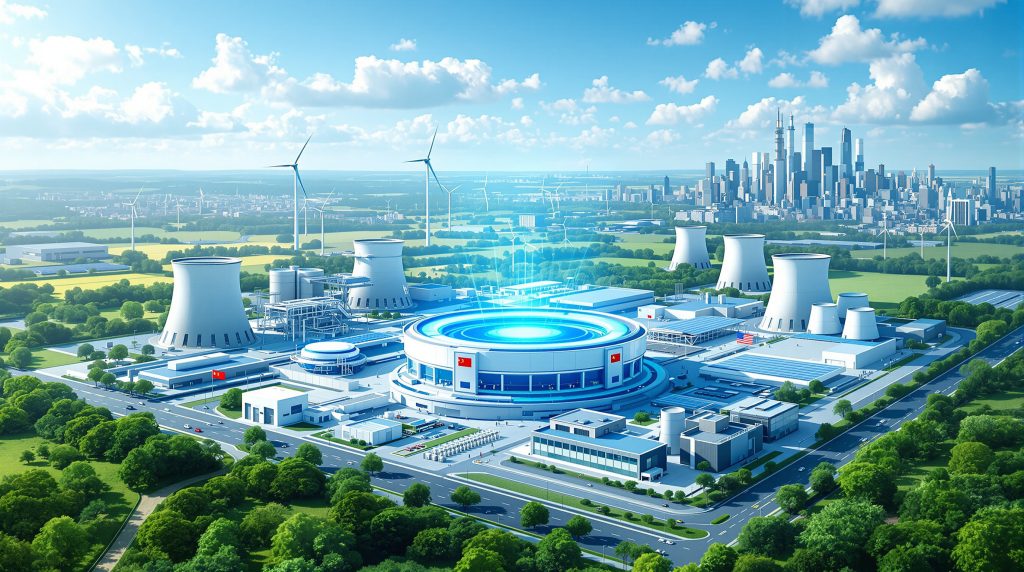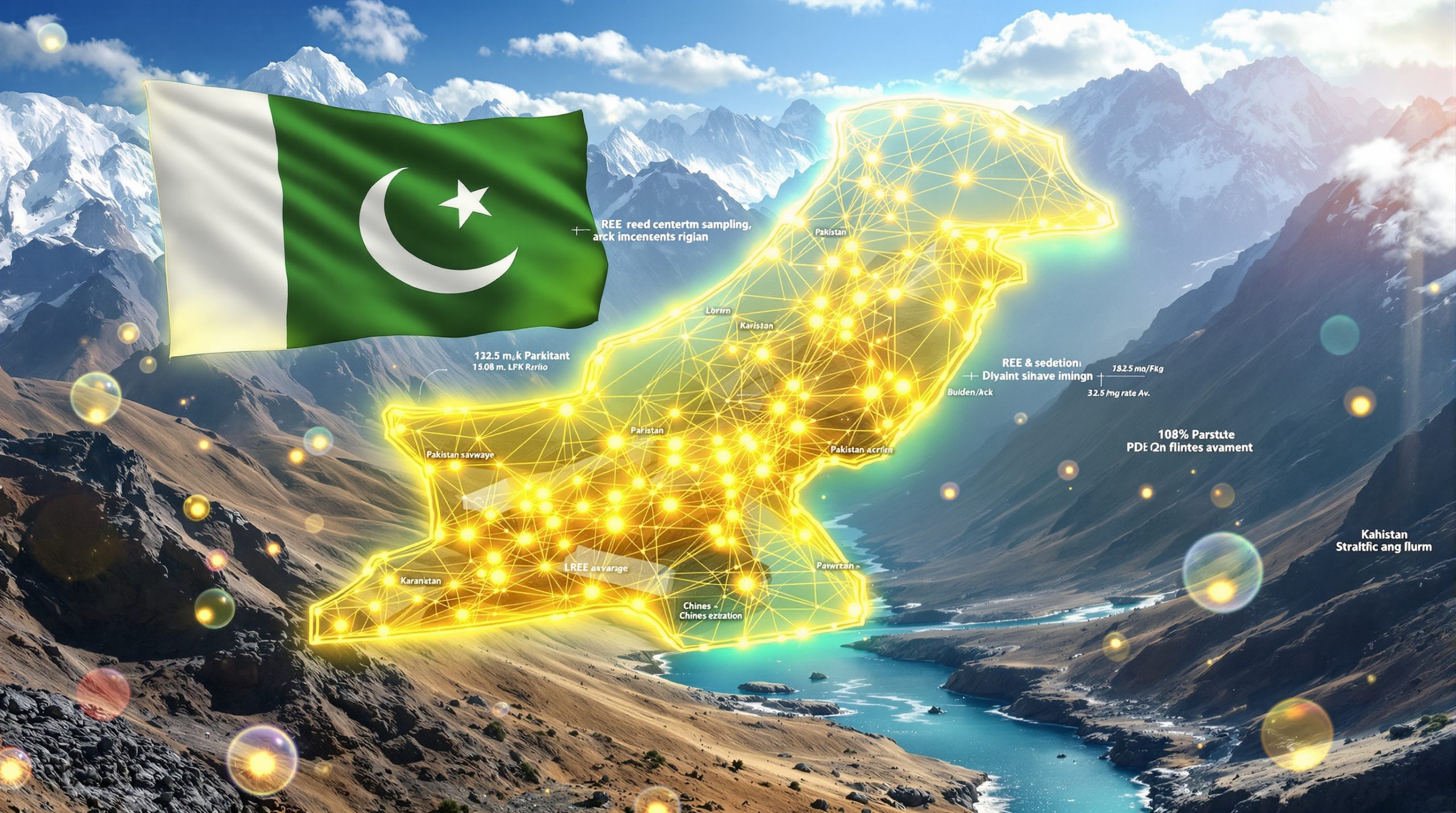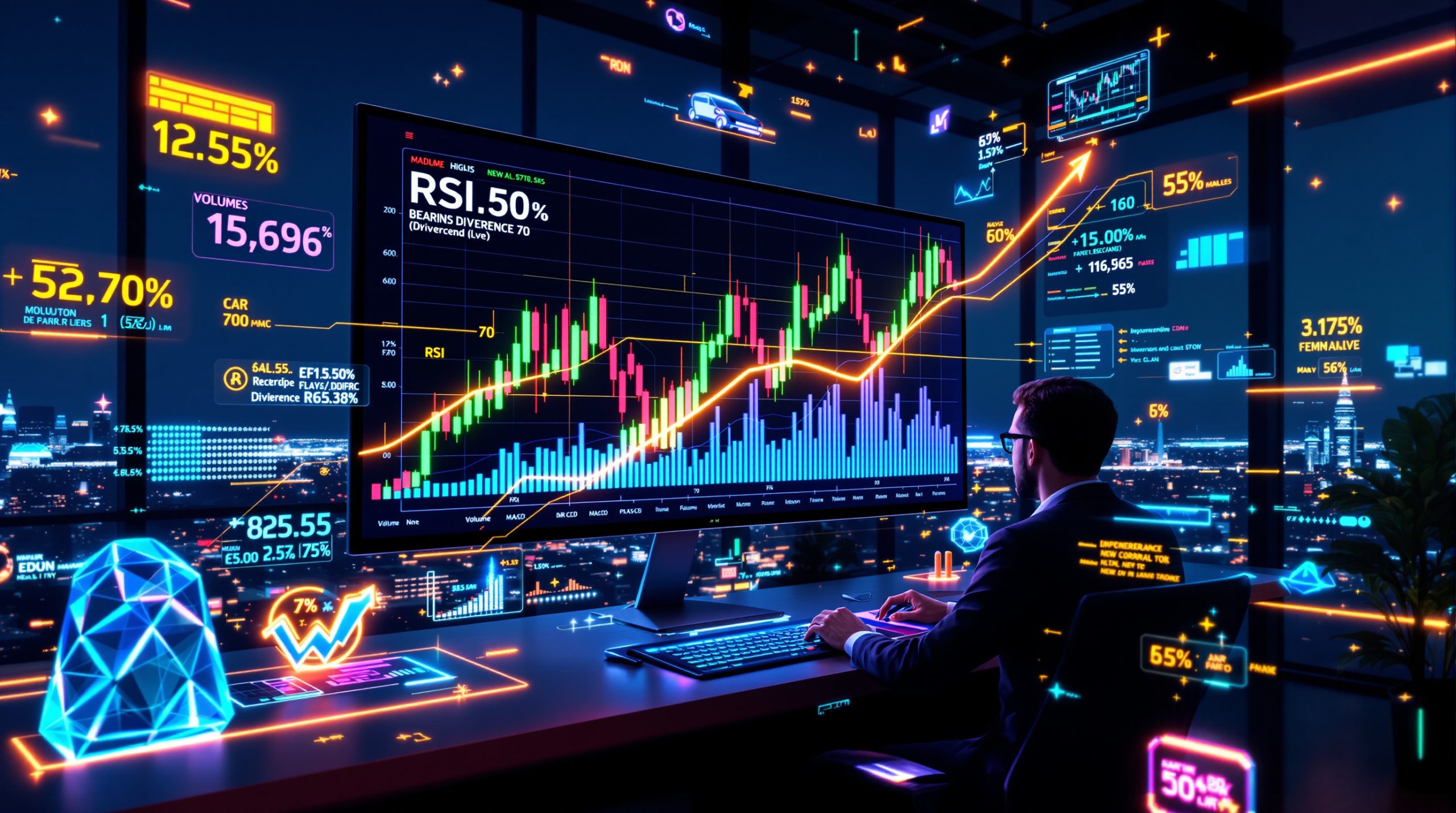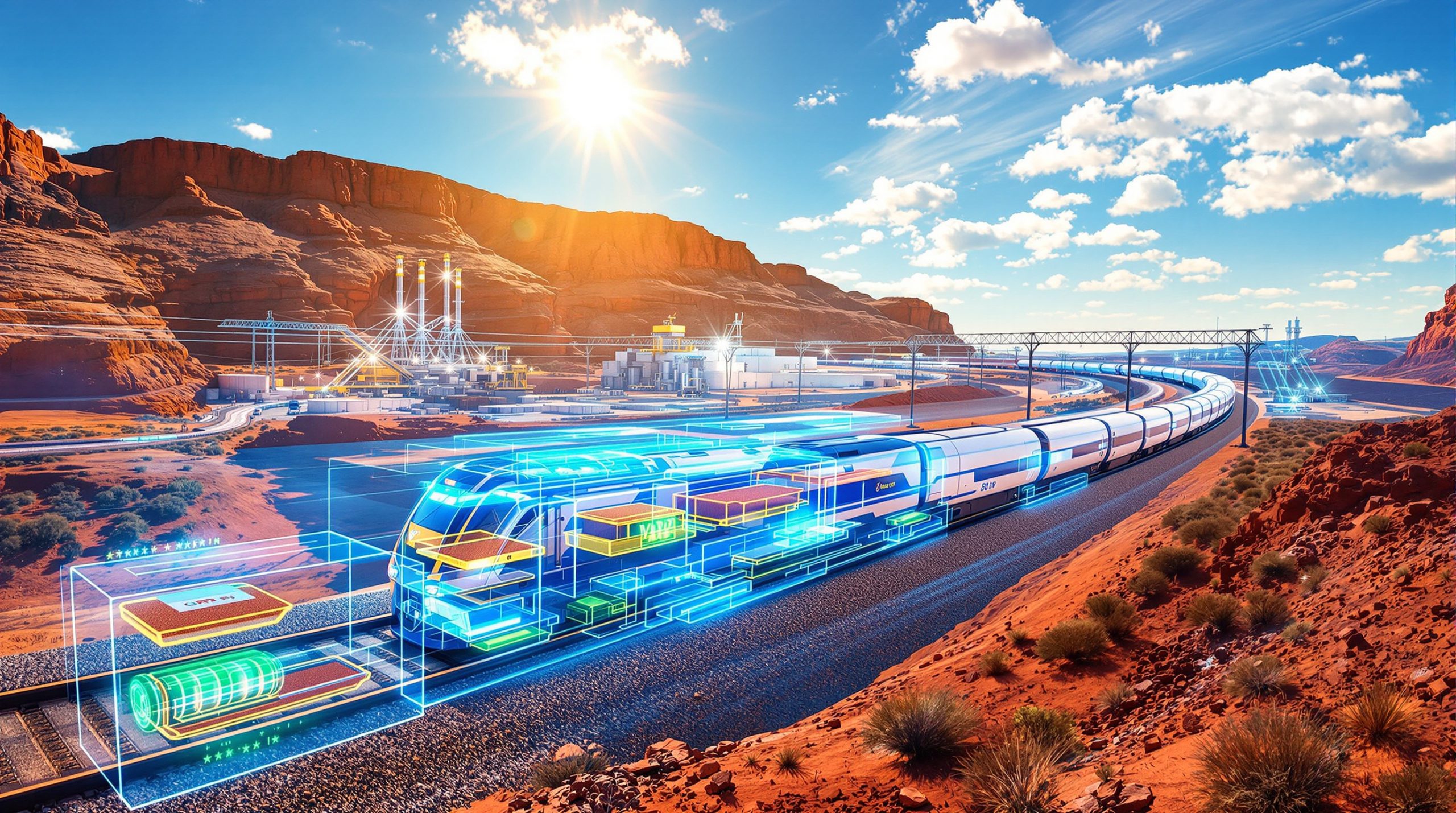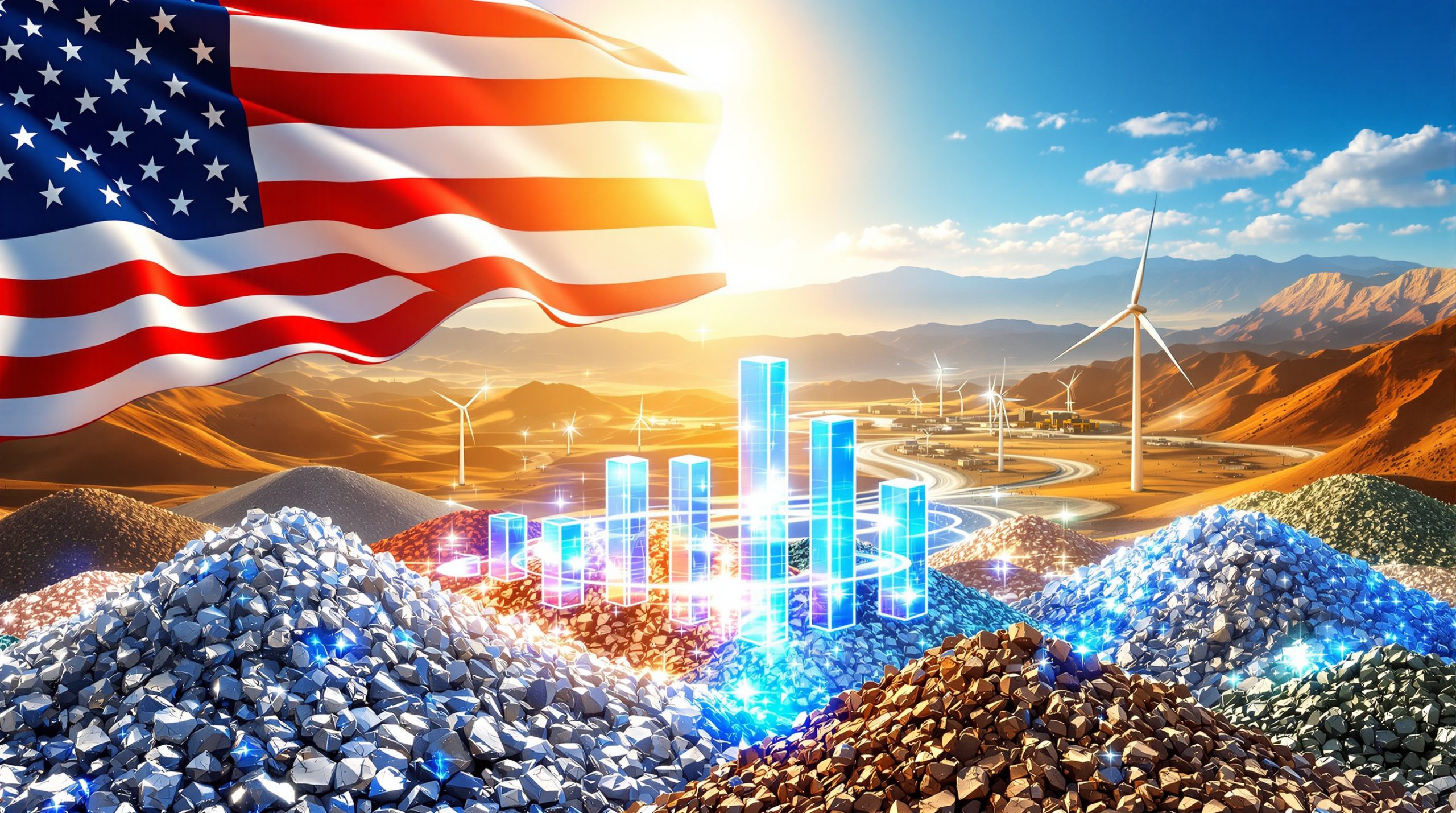The Nuclear Energy Renaissance: Powering a Clean Energy Future
The global energy landscape is experiencing a remarkable transformation as nuclear power undergoes a significant revival. After decades of stagnation following high-profile incidents like Chernobyl and Fukushima, nuclear energy is now being embraced worldwide as an essential component of clean energy strategies. This nuclear energy renaissance represents a fundamental reassessment of nuclear power's role in addressing climate change while ensuring energy security and reliability.
Why Nuclear Power Is Gaining Renewed Support
The pressing need for zero-carbon baseload power has positioned nuclear energy as a vital solution for meeting ambitious climate targets. Unlike fossil fuels, nuclear power generates electricity with minimal greenhouse gas emissions during operation, providing consistent carbon-free electricity regardless of weather conditions, time of day, or season—a critical advantage over intermittent renewable sources.
Climate scientists and environmental advocates increasingly recognize nuclear energy's essential role in fighting climate change, particularly as many countries discover that renewable sources alone cannot provide sufficient reliable power to replace coal and natural gas completely.
Recent policy shifts across multiple continents reflect this growing recognition, with governments worldwide making significant commitments to expand nuclear capacity as part of their decarbonization strategies.
The Perfect Storm: Climate Goals Meet Rising Energy Demands
Several factors are driving unprecedented growth in electricity consumption:
-
Artificial Intelligence and Data Centers: AI technologies and cloud computing require enormous amounts of reliable electricity, with major tech companies increasingly supporting nuclear power to meet these demands sustainably.
-
Electrification of Transportation: The transition to electric vehicles is creating substantial new electricity requirements that must be met with clean sources.
-
Growing Global Population: Rising living standards and population growth, particularly in developing economies, continue to increase energy needs worldwide.
-
Industrial Decarbonization: Heavy industries seeking to reduce emissions are turning to electrification, further boosting demand for reliable power.
This convergence of factors has created an urgent need for scalable, reliable, and clean energy sources—a need that nuclear power is uniquely positioned to address.
How Are Countries Embracing Nuclear Energy Worldwide?
The nuclear energy renaissance is truly global, with countries across different continents making significant commitments to expand their nuclear capacity. Current data shows more than 60 reactors under construction globally, with hundreds more in planning stages.
China's Ambitious Nuclear Expansion
China stands at the forefront of the nuclear revival, with plans to construct approximately 150 new reactors by 2035—more than the rest of the world has built in the past 35 years combined. This massive expansion represents an investment of around $440 billion and forms a central component of China's strategy to reduce reliance on coal while meeting growing energy demands.
Chinese nuclear development is characterized by:
-
Standardized reactor designs to reduce costs and construction times
-
Development of indigenous technologies alongside imported designs
-
Strategic positioning of nuclear as a complement to the country's renewable energy expansion
-
Exploration of advanced reactor technologies including small modular reactors
Russia's Nuclear Strategy
Russia has announced plans to build 38 new nuclear reactors, significantly expanding its already substantial nuclear fleet. The country has positioned itself as a global leader in nuclear technology exports, with state-owned Rosatom developing projects across multiple continents.
Key aspects of Russia's nuclear program include:
-
Focus on both domestic energy security and international influence through nuclear exports
-
Development of floating nuclear power plants for remote regions
-
Advancement of fast neutron reactor technology
-
Integration of nuclear with hydrogen production capabilities
Russian uranium restrictions to "unfriendly countries" until December 2027 have significant geopolitical implications, particularly as the country controls nearly 40% of the world's enrichment capacity.
Western Nations' Nuclear Revival
After years of limited development, Western countries are experiencing a significant policy shift toward nuclear energy:
United States: Recent legislation has created unprecedented support for both existing nuclear plants and new developments. New regulatory frameworks aim to streamline approval processes for advanced reactor designs while providing financial incentives for nuclear innovation. Additionally, US uranium production is being revitalized to reduce dependence on foreign sources.
United Kingdom: The government has committed to a major nuclear expansion, including large-scale plants and support for small modular reactor development through companies like Rolls-Royce.
France: Long a nuclear energy leader, France is recommitting to its nuclear sector with plans for new reactors and life extensions for its existing fleet.
Canada: Focusing on small modular reactor development, particularly for remote communities and industrial applications.
Emerging Nuclear Nations
Several countries previously without nuclear power are now pursuing it:
-
Poland is developing its first nuclear plants to reduce coal dependence
-
Egypt has begun construction on its first nuclear power station
-
Saudi Arabia and United Arab Emirates are developing nuclear programs as part of economic diversification strategies
This global expansion reflects a fundamental reassessment of nuclear energy's role in addressing climate challenges while ensuring energy security.
What Technological Innovations Are Fueling the Nuclear Renaissance?
The nuclear renaissance isn't simply about building more of the same reactors—it's being driven by significant technological advances that address historical concerns about safety, cost, and deployment time.
Small Modular Reactors (SMRs)
Small Modular Reactors represent perhaps the most transformative innovation in nuclear technology. These compact designs, typically generating 300 MW or less, offer several advantages over traditional large-scale plants:
-
Factory Construction: SMRs can be manufactured in factories and transported to sites, reducing construction times and costs
-
Scalable Deployment: Multiple units can be added incrementally as demand grows
-
Enhanced Safety: Many designs incorporate passive safety features that don't require operator intervention or external power
-
Flexible Siting: Smaller footprints allow placement closer to demand centers or in remote locations
-
Reduced Financial Risk: Lower upfront capital costs make financing more accessible
Dozens of SMR designs are currently under development globally, with companies like NuScale Power, GE Hitachi, Rolls-Royce, and X-Energy leading innovation in this space.
Advanced Reactor Designs
Beyond SMRs, several advanced reactor technologies are progressing toward commercial deployment:
-
Molten Salt Reactors: Using liquid salt as coolant and potentially as fuel carrier, these designs offer inherent safety advantages and can operate at higher temperatures for improved efficiency.
-
Fast Neutron Reactors: Capable of using nuclear waste as fuel, these designs address waste concerns while improving fuel utilization.
-
High-Temperature Gas-Cooled Reactors: Operating at much higher temperatures than conventional reactors, these designs can produce both electricity and process heat for industrial applications.
-
Microreactors: Ultra-small designs (1-20 MW) intended for remote locations, military bases, or disaster relief.
These advanced designs incorporate lessons from decades of nuclear operations to create inherently safer, more efficient, and more versatile power systems.
Digital Innovations and Operational Improvements
The nuclear renaissance also benefits from significant advances in:
-
Digital Twin Technology: Creating virtual replicas of reactors to optimize performance and predict maintenance needs
-
Advanced Materials: Developing radiation-resistant materials that extend reactor lifespans
-
Artificial Intelligence: Improving operational efficiency and safety monitoring
-
Modular Construction Techniques: Reducing build times and costs through standardization
These innovations collectively address the historical challenges that limited nuclear expansion in previous decades.
What Are the Economic Implications of the Nuclear Renaissance?
The economics of nuclear power are evolving rapidly, creating new investment opportunities and changing the competitive landscape of energy markets.
Investment Trends and Capital Formation
The nuclear sector is attracting unprecedented investment from diverse sources:
-
Tech Industry Engagement: Companies like Microsoft, Google, and Amazon are investing in nuclear projects to power their energy-intensive data centers.
-
Private Equity and Venture Capital: Nuclear startups are raising significant private funding, with dramatic increases from previous years.
-
Government Funding: Public sector support has grown substantially, with initiatives providing billions in funding for advanced nuclear technologies.
-
Utility Commitments: Major utilities are increasingly including nuclear in their long-term planning, recognizing its value for grid stability and emissions reduction.
This capital influx is accelerating innovation and enabling projects that would have struggled to find funding in previous years.
Uranium Market Dynamics
The nuclear renaissance has significant implications for uranium markets:
-
Supply-Demand Imbalance: Current uranium production falls short of reactor requirements by approximately 50 million pounds annually, creating upward pressure on prices.
-
Production Challenges: Major producers like Kazakhstan's Kazatomprom and Canada's Cameco have faced production shortfalls, with recent uranium mining halt announcements further constraining supply.
-
Geopolitical Reshaping: Uranium market volatility has been exacerbated by Russia's extension of restrictions on uranium exports, accelerating efforts to develop Western conversion and enrichment capacity.
-
Price Movements: Uranium spot prices have moved above $80 per pound, reaching multi-year highs and creating both challenges for utilities and opportunities for investors and producers.
These dynamics have contributed to a tightening market, creating both challenges for utilities and opportunities for investors and producers.
Grid Value and System Integration
Nuclear power's economic value extends beyond the plant itself:
-
Grid Stability: Nuclear plants provide essential grid services including frequency regulation and voltage support.
-
Complementary to Renewables: Nuclear's consistent output balances the variability of wind and solar, reducing the need for expensive storage or backup generation.
-
Avoided Transmission Costs: Nuclear plants can often utilize existing grid connections, reducing the need for new transmission infrastructure.
-
Hydrogen Production Potential: Advanced nuclear plants can produce hydrogen during periods of lower electricity demand, creating additional revenue streams.
These system-level benefits are increasingly recognized in market designs and policy frameworks, improving nuclear's competitive position.
What Challenges Must the Nuclear Renaissance Overcome?
Despite growing momentum, several significant challenges must be addressed to fully realize nuclear energy's potential.
Regulatory and Licensing Hurdles
The regulatory framework for nuclear power remains complex and time-consuming in many jurisdictions:
-
Lengthy Approval Processes: New reactor designs often face multi-year review periods before receiving certification.
-
Inconsistent International Standards: Varying requirements across countries complicate global deployment of standardized designs.
-
Limited Regulatory Resources: Many nuclear regulators lack sufficient staff with expertise in advanced reactor technologies.
Efforts to streamline these processes are underway in several countries, but progress remains uneven.
Supply Chain and Workforce Development
The nuclear industry faces significant supply chain and workforce challenges:
-
Manufacturing Capacity: Specialized components for nuclear plants often have limited suppliers and long lead times.
-
Skilled Workforce Gaps: An aging workforce and decades of limited construction have created shortages of experienced nuclear professionals.
-
Knowledge Transfer: Preserving institutional knowledge from earlier nuclear construction booms remains a challenge.
-
Enrichment and Conversion Capacity: Western nations must expand uranium processing capabilities to reduce dependence on Russian facilities, with only three major converters in the Western world: Cameco, Orano, and Comodine.
Addressing these constraints requires coordinated efforts across industry, government, and educational institutions.
Public Perception and Social License
While public support for nuclear energy has improved, challenges remain:
-
Historical Concerns: Memories of past accidents continue to influence public perception in some regions.
-
Waste Management Questions: Final disposal solutions for spent nuclear fuel remain politically contentious in many countries.
-
Cost Transparency: High-profile cost overruns on some projects have created skepticism about nuclear economics.
Effective public engagement and education are essential to building and maintaining the social license for nuclear expansion.
How Is Innovation Transforming Nuclear Energy Access?
New platforms and technologies are making nuclear energy more accessible to a broader range of stakeholders, from investors to utilities.
Digital Platforms and Market Transparency
Innovations like the XU308 platform are transforming how investors and market participants interact with nuclear fuel markets:
-
Tokenized Uranium Ownership: Digital platforms now allow fractional ownership of physical uranium holdings, reducing barriers to entry.
-
Real-Time Pricing Data: The world's first minute-by-minute uranium spot price oracle provides unprecedented transparency in what was historically an opaque market.
-
Improved Liquidity: Digital trading platforms operate 24/7, allowing global participation regardless of time zone.
-
Smaller Lot Sizes: Traditional uranium markets required minimum purchases of approximately 50,000 pounds, while digital platforms enable much smaller transactions.
These innovations are attracting new capital to the uranium sector and improving market efficiency.
Flexible Deployment Models
New business and deployment models are making nuclear more adaptable to diverse needs:
-
Power Purchase Agreements: Long-term contracts provide revenue certainty for new nuclear projects while giving customers predictable clean energy prices.
-
Electricity-as-a-Service: Some SMR developers offer complete power solutions rather than just selling equipment, simplifying adoption for end users.
-
Hybrid Energy Systems: Combining nuclear with renewable sources and storage creates optimized clean energy systems tailored to specific needs.
-
Heat and Power Applications: Advanced reactors capable of providing both electricity and process heat open new markets in industrial decarbonization.
These flexible approaches allow nuclear energy to serve needs that traditional large-scale plants could not effectively address.
What Does the Future Hold for Nuclear Energy?
The nuclear energy renaissance appears poised for sustained growth, with several key trends likely to shape its evolution in coming years.
Integration with AI and Digital Infrastructure
The relationship between nuclear power and digital technologies will continue to deepen:
-
AI Power Demand: As artificial intelligence applications grow, their enormous energy requirements will drive demand for reliable, clean power sources like nuclear.
-
Digital Twin Optimization: AI-powered digital replicas will increasingly optimize nuclear plant operations, improving efficiency and safety.
-
Autonomous Operations: Advanced monitoring and control systems may enable more automated plant operations, reducing costs and enhancing safety.
This symbiotic relationship between nuclear and digital technologies represents a significant shift from previous energy transitions.
Fusion Energy Horizon
While the current renaissance centers on fission technology, fusion energy is advancing rapidly:
-
Private Sector Momentum: Companies like Commonwealth Fusion Systems, TAE Technologies, and General Fusion have attracted billions in investment.
-
Technical Milestones: Recent achievements in plasma confinement and superconducting magnet technology have accelerated fusion development timelines.
-
Complementary Deployment: Initial fusion plants may operate alongside fission reactors in an integrated clean energy ecosystem.
Though commercial fusion remains years away, its development benefits from and contributes to the broader nuclear renaissance.
Global Energy Justice Implications
Nuclear energy has significant potential to address energy access disparities:
-
Developing Economy Applications: SMRs and microreactors could provide reliable power in regions with limited grid infrastructure.
-
Industrial Development Support: Nuclear power can enable energy-intensive industries in countries seeking economic development without increasing emissions.
-
Climate Resilience: Nuclear plants' resistance to extreme weather events makes them valuable assets in climate adaptation strategies.
These applications could make nuclear energy an important tool for advancing global energy justice while limiting climate impacts.
Conclusion: A Transformative Moment for Energy Systems
The nuclear energy renaissance represents more than just a revival of an existing technology—it signals a fundamental reassessment of how societies can meet growing energy needs while addressing climate challenges. By combining the reliability and energy density of nuclear power with the flexibility and declining costs of renewable energy, countries worldwide are creating more resilient, cleaner energy systems.
The coming decade will likely determine whether this renaissance fulfills its potential to transform global energy landscapes. Success will depend not only on technological innovation but also on policy frameworks, market designs, and public engagement that enable nuclear energy to deploy at the scale and pace needed to address urgent climate and energy security challenges.
What seems clear is that nuclear energy has moved from the periphery to the center of clean energy planning in many of the world's largest economies. After decades on the defensive, nuclear power has found new purpose and momentum in a world increasingly focused on both decarbonization and reliable energy access.
Disclaimer
This article contains forward-looking statements about nuclear energy development, market trends, and technological advancements. Actual outcomes may differ significantly from the projections discussed. Readers should consult with qualified professionals before making investment decisions based on information presented here.
Ready to Capitalise on the Nuclear Energy Renaissance?
Discover high-potential ASX stocks positioned to benefit from the global nuclear energy boom with Discovery Alert's proprietary Discovery IQ model, delivering instant notifications on significant mineral discoveries including uranium. Explore why major mineral discoveries can lead to substantial market returns by visiting Discovery Alert's dedicated discoveries page.
